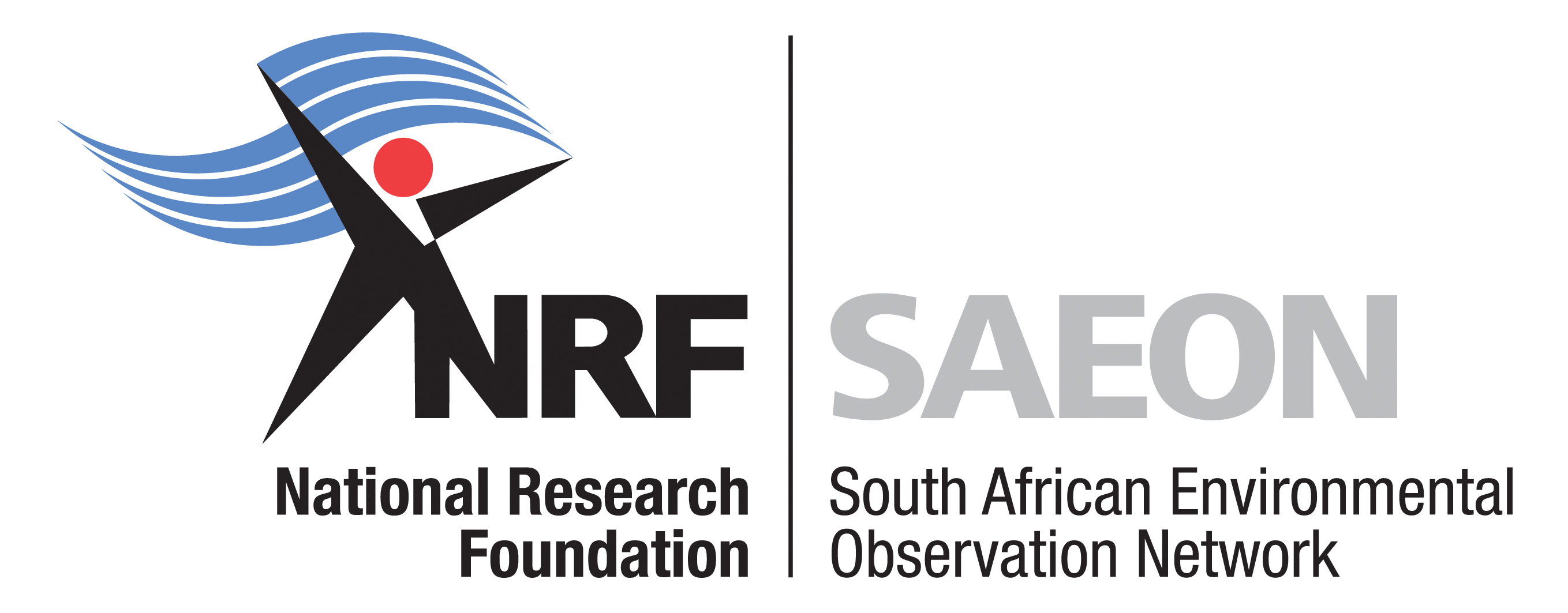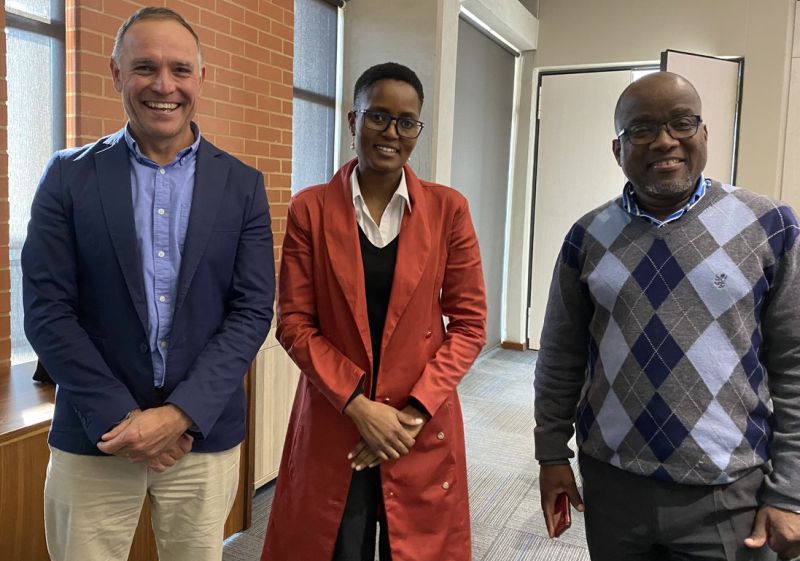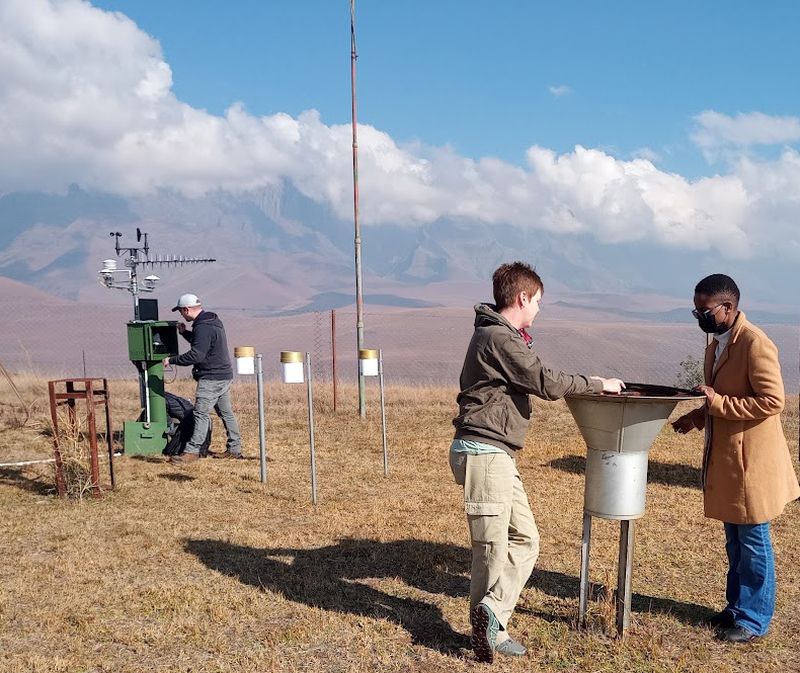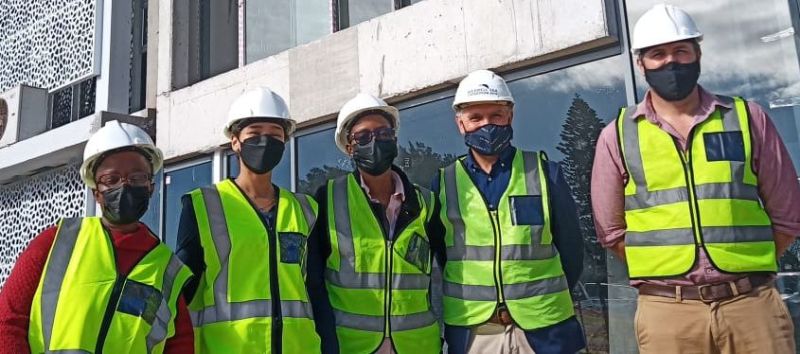eNews
#03 2022
Exploring SAEON territory and forging new connections
By Dr Mary-Jane Bopape, Managing Director, NRF-SAEON
First of all, let me take this opportunity to greet and express my gratitude for the warm welcome I received to date from SAEON, the National Research Foundation (NRF) as a whole and all the stakeholders. I am excited to have joined this organisation, whose multi-disciplinary research will contribute to the country in a meaningful way.
The Global Risk Report 2022 lists five environmental factors on the top 10 list of perceived most severe risks over the next 10 years. Climate action failure, extreme weather and biodiversity loss are listed as the first three, in that order, while human environmental damage and natural resource crises are listed at positions 7 and 8, respectively. The 11–12 April 2022 extreme weather event that claimed over 435 lives in KwaZulu-Natal shows that South Africa is also susceptible to these risks. A climate change attribution study conducted by an international team of scientists concluded that climate change made the event more likely to happen and more of such events can be expected in the future.
Similar types of events will undoubtedly impact on the attainment of the sustainable development goals, the Africa Agenda 2063 and the National Development Plan. SAEON, established as a research business unit within the NRF to focus on environmental change, is well-placed to assist South Africa and the continent at large to understand and mitigate these global risks.
Long-term observation networks are a basic requirement for understanding environmental processes, natural and human-induced variability as well as change. SAEON’s observation network – which includes sites high up our mountains, inland, coasts, shallow and deep waters, and the poles – will provide us with the required datasets to understand different earth system processes. This is an especially important aspect for a continent with a sparse observation network.
Research infrastructure
The deployment of EFTEON (Expanded Freshwater and Terrestrial Environmental Observation Network), SMCRI (Shallow Marine and Coastal Research Infrastructure) and SAPRI (South African Polar Research Infrastructure), which are part of the South African Research Infrastructure Roadmap (SARIR), are all crucial developments that South Africa needs.
The African continent has not contributed much towards the development of earth system models or components of these models. Therefore, these long-term observation networks in South Africa will inform model improvements for the surrounding oceans and Southern Africa in general. Models are used as input in multi-hazard early warning systems – one of the means to mitigate the severity of extreme weather and climate events.
I have had the pleasure of visiting the Cathedral Peak site of the Grasslands Node where I saw different observations that can be used as input to the development and running of hydrological, land surface and atmospheric models. South Africa is a water-scarce country, and so linkages between the vegetation and water security have a very clear impact on livelihoods. Studies on impacts of global change on biodiversity are needed and these are only possible when long-term observations are collected.
I have also had an opportunity to visit the Elwandle Node, where I saw significant investment in instrumentation used to study the dynamics and physics, biology (including phytoplankton and zooplankton) and chemistry in the ocean.
FAIR data
I wish also to note that through the Open Data Platform, SAEON is assisting with the implementation, propagation and promotion of open data principles – namely that the data should be findable, accessible, interoperable and re-usable (FAIR) for maximum exploitation and impact. SAEON’s contribution in this area and open science in general means data will not reside in a laptop accessible only to the generator or collector of data, but accessible to multiple actors and stakeholders. Data accessibility has extensive implications for innovation, impact and solution development for socio-economic benefits.
SAEON can assist with the use of science and innovation to understand and address the risk and vulnerability challenges in the country, and therefore, the hosting and contribution towards the South African Risk and Vulnerability Atlas (SARVA) is of great importance. Our presence and engagement through the SAEON nodes in different communities will also assist in understanding interlinkages between our communities and the environment.
Building vital capacity
Finally, the provision of research infrastructure to the scientific community in the country as part of the NRF National Research Infrastructure Platforms (NRIP) Programme 4, contributes to the transformation agenda of the country. SAEON also contributes by training postgraduate students in collaboration with a number of universities, as well as technicians with future-proof education and skills and therefore contributes towards the societal challenges described in the Department of Science and Innovation’s decadal plan and the NRF’s Vision 2030.
Through science engagement initiatives, SAEON is exposing school learners to possible careers in atmospheric, terrestrial and marine sciences and thereby concretely contributing to the implementation of the NRF Strategy’s Science Engagement Programme 2.
I am excited to have joined this organisation, which is well-placed to assist the country to deal with current, medium-term and long-term environmental and societal challenges. I hope to visit all the SAEON nodes in the very near future. I look forward to continued engagements on national, regional, continental and global platforms that SAEON is already contributing to, and new ones that we will forge together going forward.
Dr Mary-Jane Bopape, Managing Director of SAEON, with Professor Tommy Bornman, manager of SAEON’s Elwandle Node (left) and Dr Clifford Nxomani, Deputy Chief Executive Officer: National Research Infrastructure Platforms, National Research Foundation (right)
On a visit to the Cathedral Peak site of the Grasslands Node, Mary-Jane learned more about different observations that can be used as input to the development and running of hydrological, land surface and atmospheric models
Exploring the Elwandle Node’s biogeochemistry laboratory. From left: Mary-Jane, Tarryn Swartbooi (SMCRI biogeochemistry instrument scientist) and Dr Mamoeletsi Mosia (Managing Director of the South African Agency for Science and Technology Advancement – NRF-SAASTA)
In front of the building that houses SAEON’s Elwandle Node. From left: Dr Mamoeletsi Mosia, Tarryn Swartbooi, Dr Mary-Jane Bopape, Dr Tommy Bornman and Dr Shaun Deyzel
